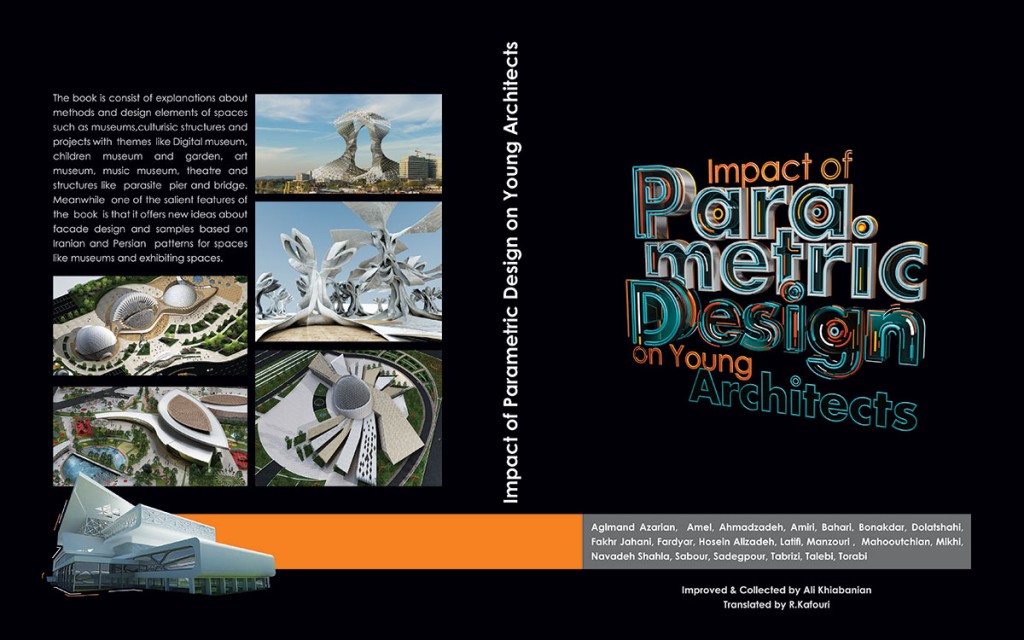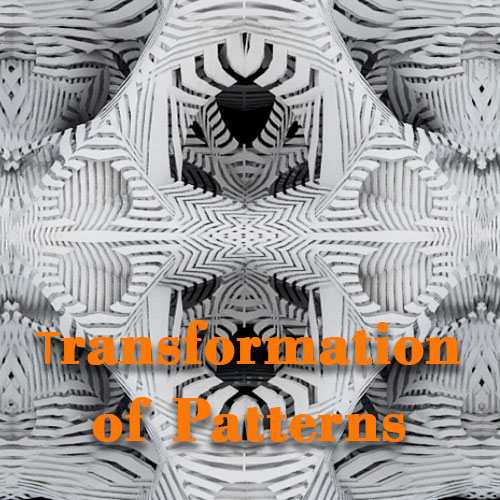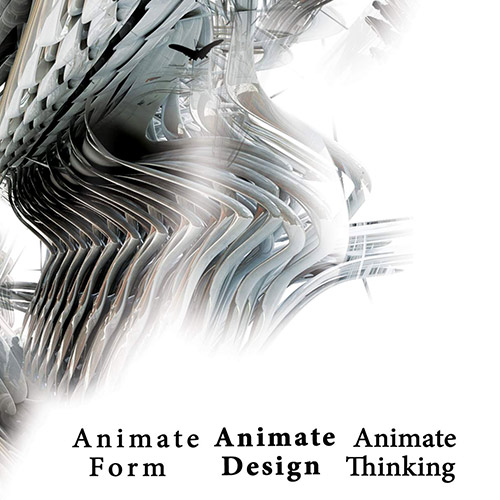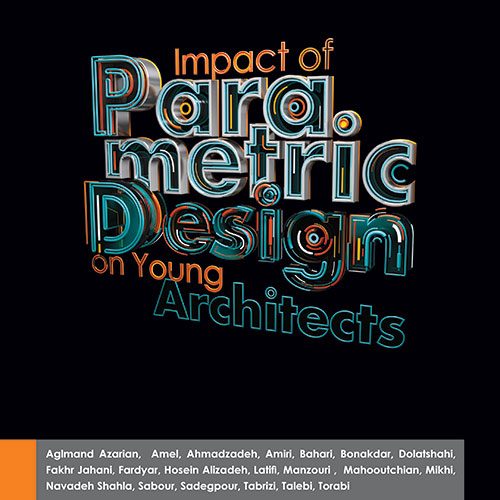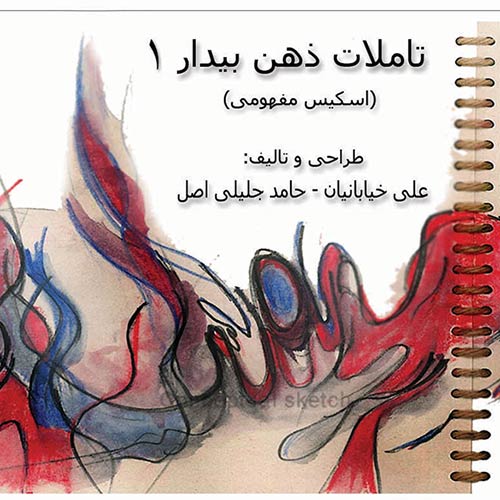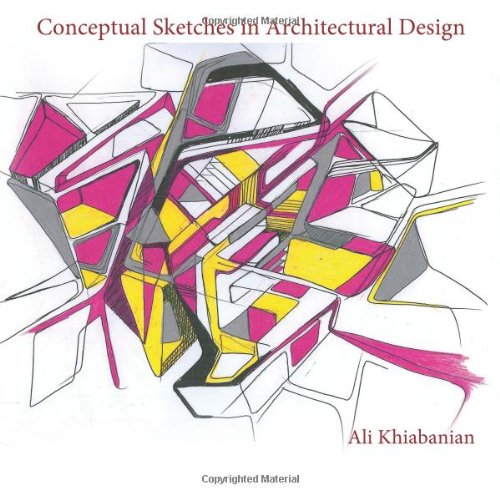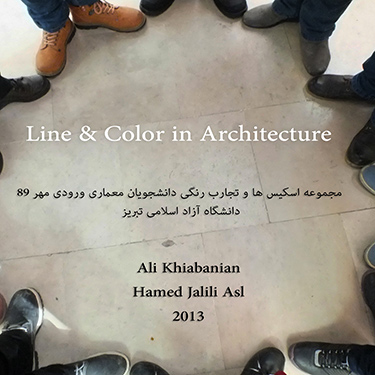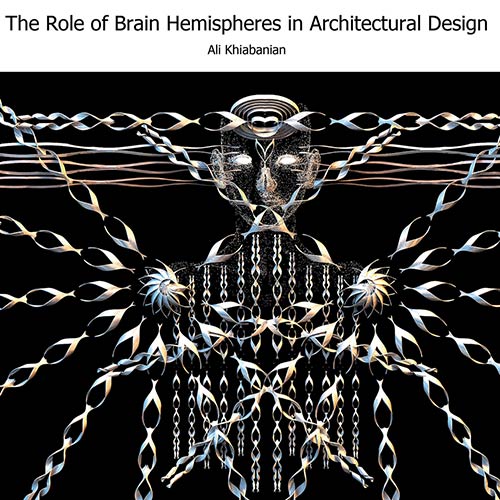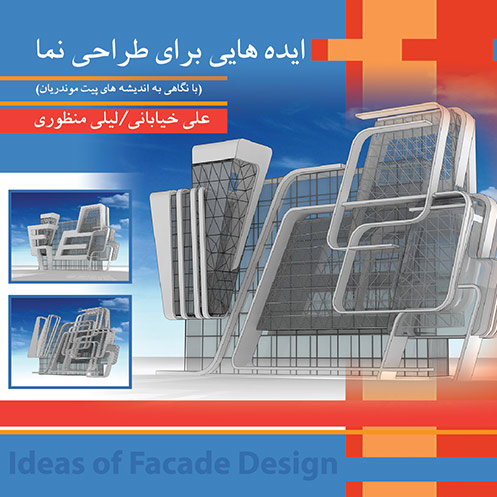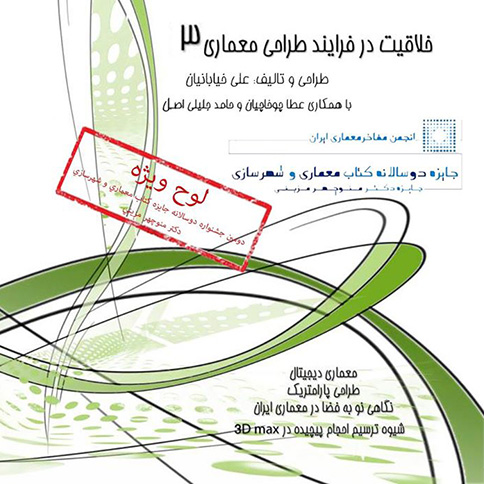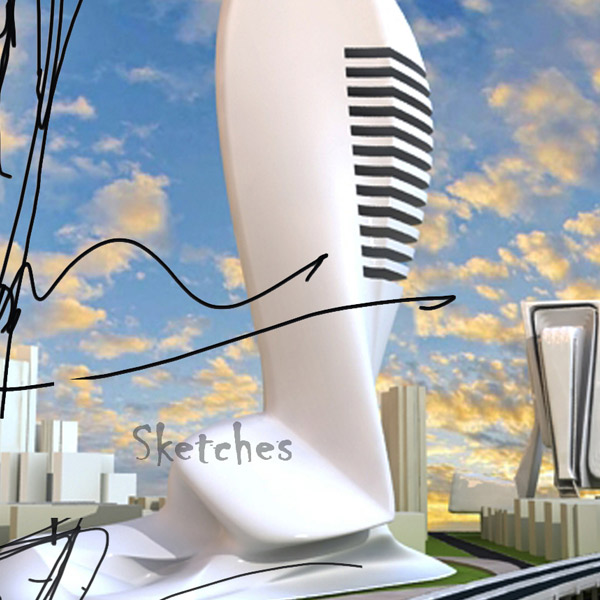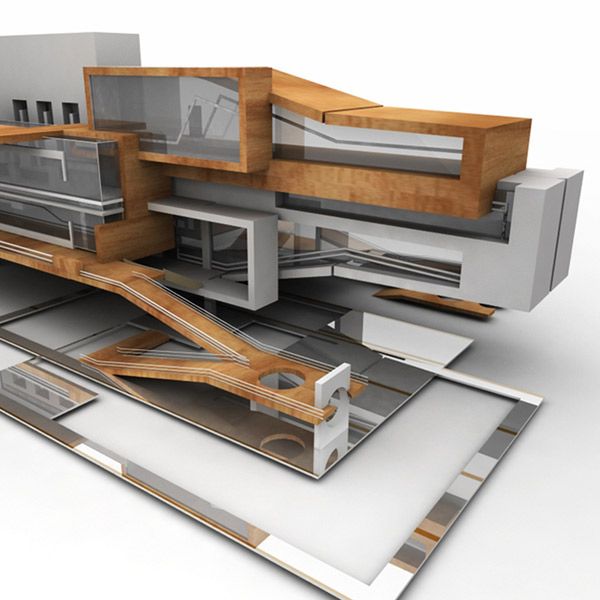Impact of parametric design on young Architects
This is my ninth book published on architecture. I begin with an indescribable enthusiasm and unasked questions are posed or, it is better to say, closed windows are opened to me after publication. What may be found inside the building makes me excited. The excitation and curiosity direct me to create novel works. It comes back to 2002-03 when I was working on my M.A. thesis. It was really difficult to access high speed internet (32kb/s) and foreign books especially about museum design. I spent several hours to search for materials about modern art and museums. My thesis was about “Modern Art Museum”. I intended to connect architectural design and painting-which gradually became more serious- and take benefit of thought and attitude of modern artists toward the space in choosing main concept of my plan. Considering limited resources, it deemed really difficult. However, it was very exciting for me. Spending several months to study west art history, I bigan my work with etudes of different art styles. I wanted to assay myself and embody my perceptions. The way- which was later named “conceptual sketch”- was very helpful in recognizing of my mental space and my perception from modern art. A complex, curious, and sometimes, disturbed mind became clear gradually. To begin architectural design of the project, I re-experienced conceptual sketches on the project site. I tried to coordinate restrictions and objectives of the project with avant-garde and complex space of my mind. I designed freely and edited the sketches carefully to enclose myself in the frame of the physical plan. The process was continued until I began to model the designed forms. I began a new challenge in learning and experiencing curved and broken volumes using Auto CAD and 3Ds MAX software, a beginning not lasted by now!. At that time, 3D software was often used for drawing in Iran rather than for desig. In simple words, no one thought parametrically, i.e. playing with parameters to create new form and space or develop the form animatedly. The materials will be seen in coming pages and animation of the project design process, Museum of Modern Art, may be found in YouTube.
My M.A. thesis reminded me two important points:
- It should have a specific, extensible, and scientific design process and be able to offer creative responses.
- Role and importance of computer and software in design process
After two years of continuous work on my thesis, I found so many things that I do not know. Although I passed my thesis with excellent grade, the two above-mentioned points involved my mind and resulted in many sketches, models, computer forms, and books two of which were translated to and published in English by Supreme Century Press:
- Conceptual sketches in architectural design (2014)
- The role of brain hemispheres in architectural design (2015)
Video of book:
Amazon Link:
http://www.amazon.com/Impact-parametric-design-young-Architects/dp/1942912099/ref=asap_bc?ie=UTF8
The problem did not stop. My interest in color and form attracted my attention to Iranian art and architecture. Here, a question affected my achievements:
What was the relation between the designed buildings and Iranian local culture and architecture?
The process was continued until 2010 when I seriously began to practice architectural design using 3Ds MAX software in Islamic Azad University of Tabriz. The practices were completed and held as workshops in Inter-discipline Architecture Office. The outcomes encouraged us to name our design method and the created form and space as “parametric design”.
Since there were few Persian resources about parametric design, I involved in translation and research about the subject in addition to scientific experiences. I tried to express Iranian drawings, patterns, and architectural space in a modern language. The studies resulted in compiling of a book: “The role of creativity in architectural design process with parametric approach”
In the ceremony of Iran Architecture Luminaries Association (2013), this book was introduced as winner of the book reward of Dr. Mazini. Some designs of the book are presented here and it is hoped that it is translated into English as a complete collection.
After publication of the book, I put the obtained experiences into effect in M.A. theses with more power and organized plan, the projects such as museum, city theater, and cultural center designed in chapter one of the book and I was their advisor or supervisor and helped students in parametric design or computer modeling. As it will be seen, sketch is one of the important tools and stages in design process of the projects. The spaces designed without maquette and sketches are demonstrated in other chapters. I convinced the students to design with software and become familiar with thought and design method of computers.
…
Ali Khiabanian

